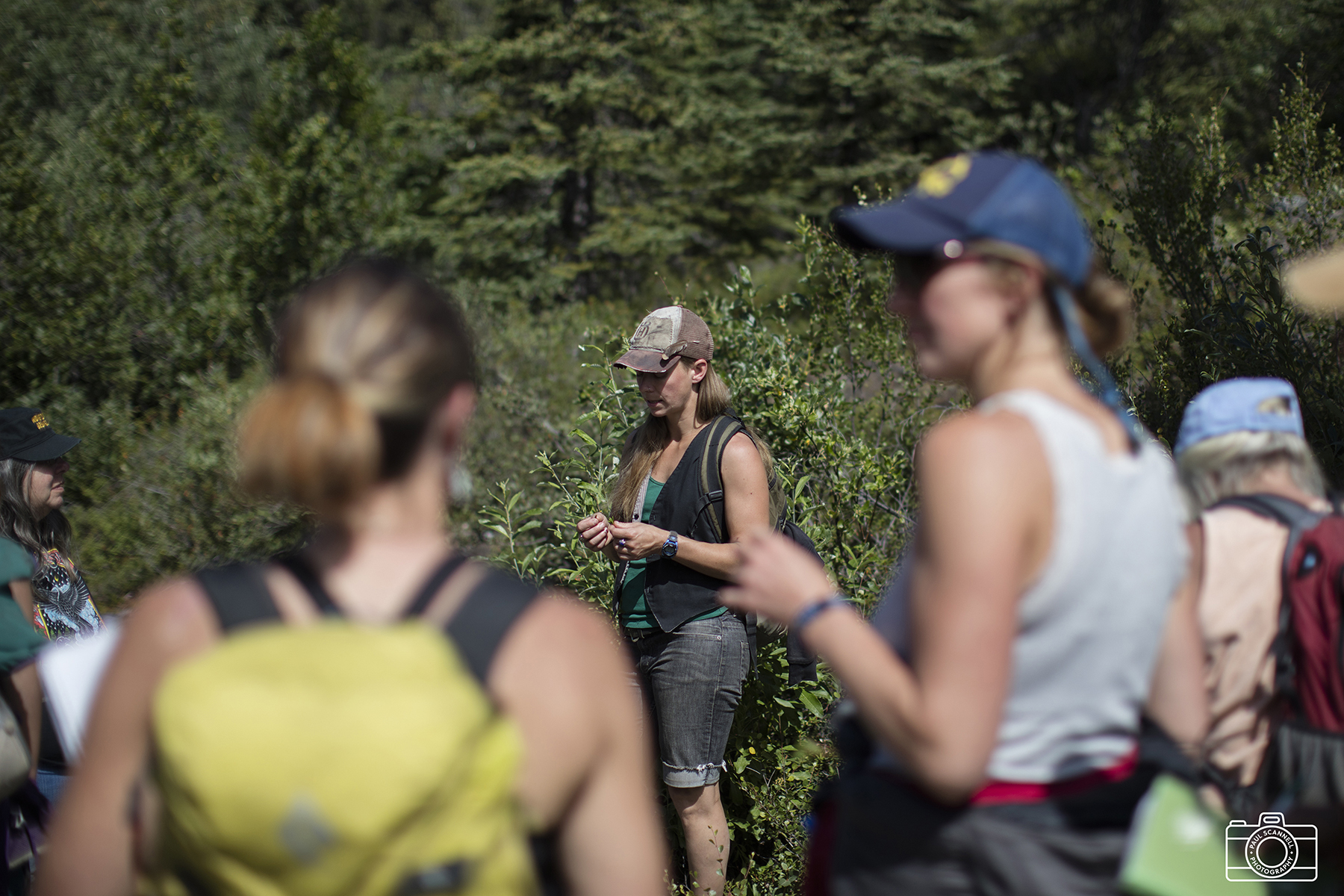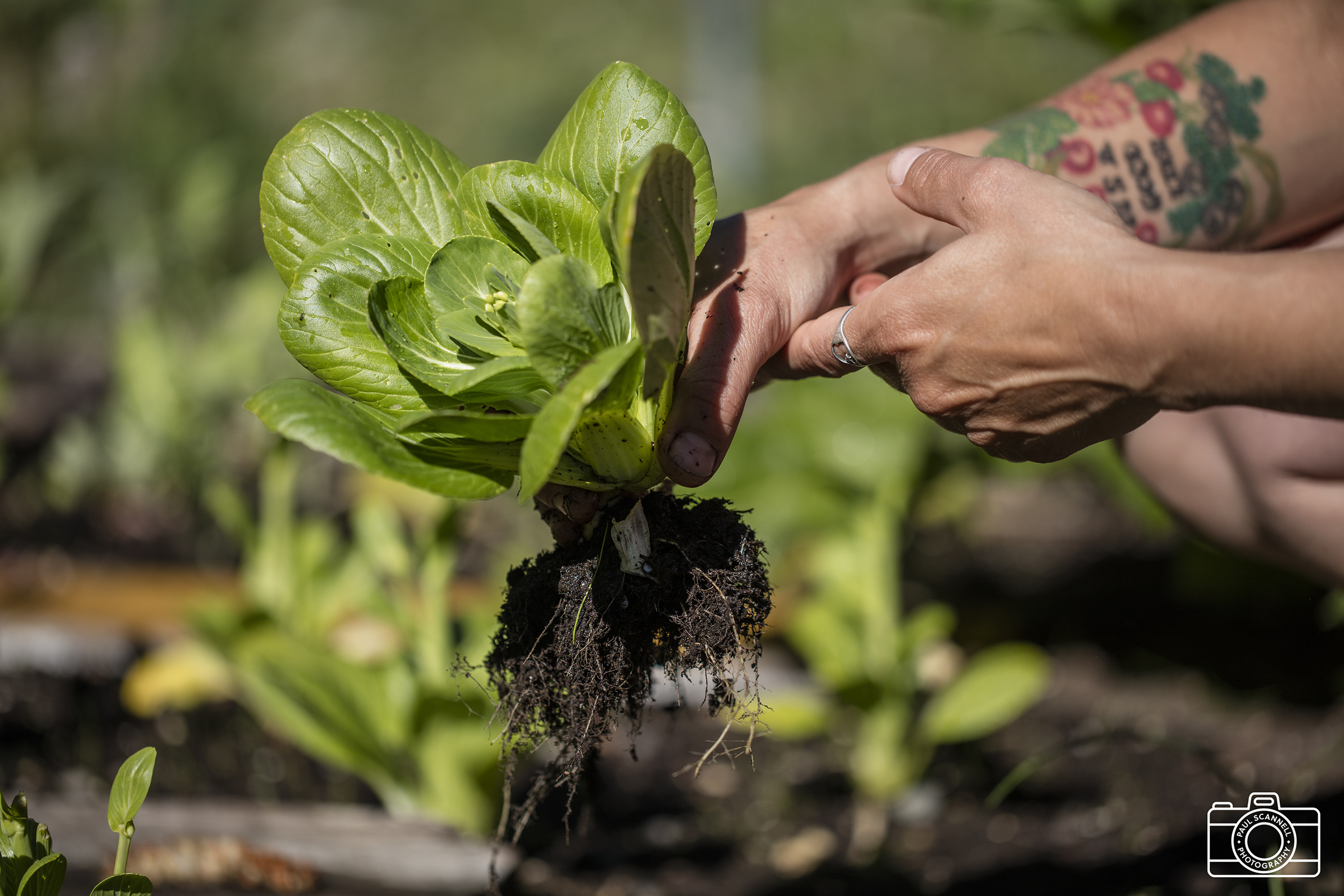Explore the land around the Root Glacier, and you will notice that alder is one of the few tree species that grows near the glacier. Its serrate leaves are a shiny green and similar in appearance to those of birch, another member of the Betulaceae family. It forms separate male and female flower clusters (catkins) in May through June. Its fruits appear cone-like when mature. Alder is capable of fixing nitrogen, which allows it to grow in nutrient-poor soils, such as those recently exposed by retreating glaciers. It is thus one of the first early-successional species to move in after glacial retreat, and its contribution to the soil makes it possible for other species to colonize the area. Alder buds, twigs, and nutlets are important food sources for many bird species.
Photography by Paul Scannell (www.facebook.com/paulscannellphotography)







































